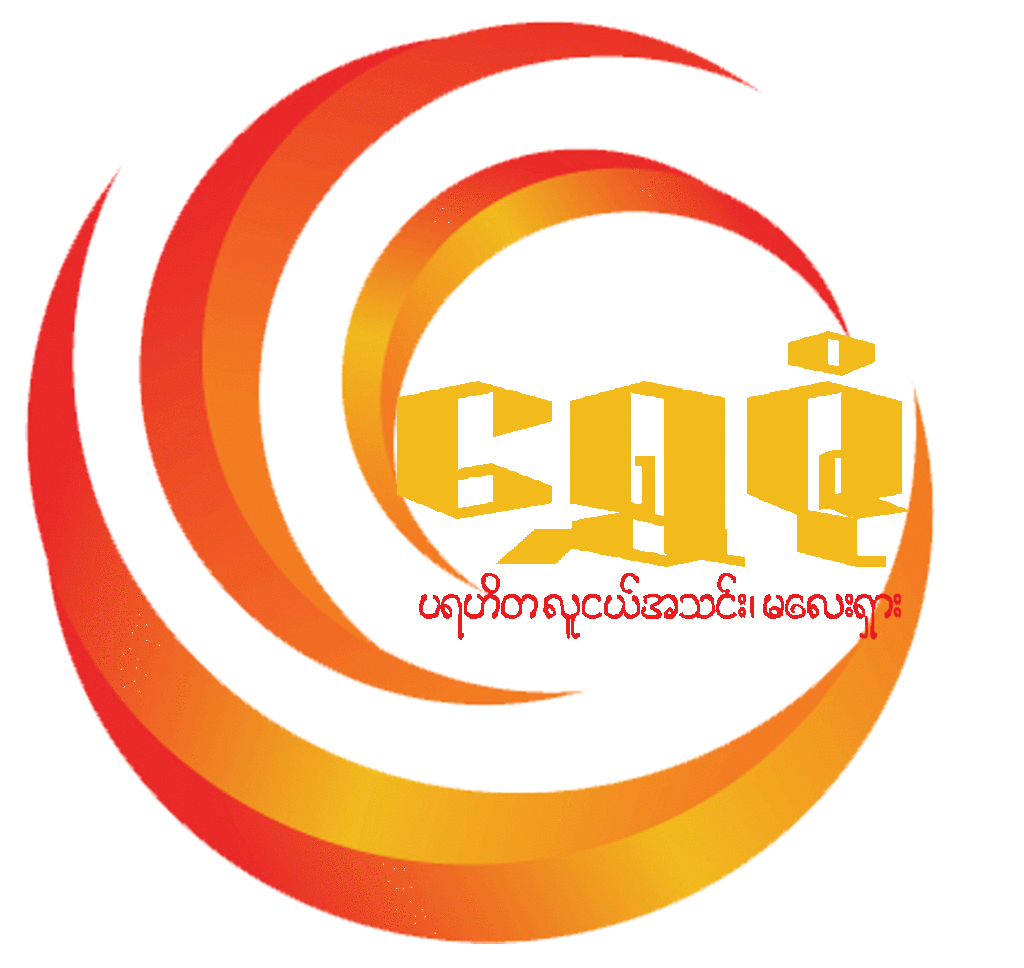Tuesday 22 September 2020
Kickstarter Ending Soon - Dreamforge Games Grav-StuG Tank
Take me to the Kickstarter...
What does this project include?
The project was created to fund the tooling and production of a polystyrene plastic model kit. The Eisenken Grav StuG.
We also offer 3d printable building terrain sets, modular, stackable and and loaded with details.
The icing on the cake... Two lucky backers will receive an extra free kit, painted by the extremely talented David Woods! Each StuG you back will provide an entry into the raffle!
Good luck to all of you! now lets get this Kickstarter across the finish line!
Monday 21 September 2020
So Much Terrain!
I have been working fairly consistently on terrain the last couple of weeks in my limited hobby painting time. The results are a fair bit of work done on Frostgrave terrain and a few random pieces as well. That would, of course, include finishing up those minefields for Team Yankee that I showed off a few posts back.
So here are a few photos of what I have managed to accomplish:
These are supposed to be bases but I thought they would look good as ruined scatter terrain.
An experiment in bamboo stands and some additional small trees.
I should do a few trees up as Frostgrave bushes I think.
The largest piece of Frostgrave terrain I have. It gives a bit of a third dimension to
the battlefield, which it desperately needs. I need a tower, too.
A harmless statue, or a devastating golem?
Another statue? And yet another ruined wall... are there no buildings still standing?
More tombstones (I think I will sell some on eBay)
Also, a trio of beer barrels. Because beer.
Saturday 12 September 2020
Riders Of The Pony Express - Map Board Thoughts
I originally tried to use a thematic prototype board for Riders of the Pony Express:
(I had drawn routes on this image)
But while iterating on the design, I quickly switched to a more schematic type of board:
I had originally wanted the routs to be asymmetric, so the board geography would be more interesting, but then I realized that that's what the hazard tiles are for! So I made the symmetric board shown above, with the "shortest" routes being the north-south and east-west ones, and the longest routes being the diagonal ones. The "cost" of the routes is supposed to represent the distance and danger of taking the route, and you pay it by advancing that number of spaces on the time track. At the end of the round, you collect a bonus based on your position on the time track - the farther you have gone, the less money (points) you receive as a bonus.
Hazard tiles will be placed in each of those red squares along the routes, which will add anywhere from +0 (tumbleweed) to +5 (mountain) to the route. These randomly placed hazards serve to make the board asymmetric, and to make certain towns easier to get to than others, or certain routes more expensive than others. This way, the board itself can be a simple grid, but the routes can be dynamic and interesting.
That's all well and good for testing a prototype, but when it comes to getting serious about the design, it would be great to figure out how to represent this schematic board in a more thematic way. In addition, the game is currently a bit fiddly to set up due to having to draw a bunch of hazard and items tiles, place them on the board, and then return some of them to the bag. One of my testers had the great idea of combining a few of the hazards onto single, bigger tiles, so that setup is easier, quicker, and less fiddly.
I wasn't sure how to do that at first, and I'd prefer to also make the board look less like a grid and more like an organic map. However, so far I've only managed to come up with this tessellation, which I think will work just like the schematic above, but with the hazards printed on them. Some of those hazard spaces could be empty, to be filled in later rounds as normal:
This could work out OK, but I don't know if it attracts me as much as an organic-seeming geography. In any case, it could be a step in the right direction.
If the board were made up of tessellated tiles like this, then it might be good to keep the name of the towns fixed. To facilitate that, I was thinking that each tile could have a hole in it, so the town would show through the holes. This could hep keep it both thematically more accurate, and also easier or players to remember which town is where!
So what do you think? Should I stick with this tessellated tile idea? Or find another way to improve the board for the game?
(I had drawn routes on this image)
But while iterating on the design, I quickly switched to a more schematic type of board:
I had originally wanted the routs to be asymmetric, so the board geography would be more interesting, but then I realized that that's what the hazard tiles are for! So I made the symmetric board shown above, with the "shortest" routes being the north-south and east-west ones, and the longest routes being the diagonal ones. The "cost" of the routes is supposed to represent the distance and danger of taking the route, and you pay it by advancing that number of spaces on the time track. At the end of the round, you collect a bonus based on your position on the time track - the farther you have gone, the less money (points) you receive as a bonus.
Hazard tiles will be placed in each of those red squares along the routes, which will add anywhere from +0 (tumbleweed) to +5 (mountain) to the route. These randomly placed hazards serve to make the board asymmetric, and to make certain towns easier to get to than others, or certain routes more expensive than others. This way, the board itself can be a simple grid, but the routes can be dynamic and interesting.
That's all well and good for testing a prototype, but when it comes to getting serious about the design, it would be great to figure out how to represent this schematic board in a more thematic way. In addition, the game is currently a bit fiddly to set up due to having to draw a bunch of hazard and items tiles, place them on the board, and then return some of them to the bag. One of my testers had the great idea of combining a few of the hazards onto single, bigger tiles, so that setup is easier, quicker, and less fiddly.
I wasn't sure how to do that at first, and I'd prefer to also make the board look less like a grid and more like an organic map. However, so far I've only managed to come up with this tessellation, which I think will work just like the schematic above, but with the hazards printed on them. Some of those hazard spaces could be empty, to be filled in later rounds as normal:
This could work out OK, but I don't know if it attracts me as much as an organic-seeming geography. In any case, it could be a step in the right direction.
If the board were made up of tessellated tiles like this, then it might be good to keep the name of the towns fixed. To facilitate that, I was thinking that each tile could have a hole in it, so the town would show through the holes. This could hep keep it both thematically more accurate, and also easier or players to remember which town is where!
So what do you think? Should I stick with this tessellated tile idea? Or find another way to improve the board for the game?
Friday 4 September 2020
TAP THE TAP: An Advergame To Promote A Brazilian Brewhouse
This site is a platform to discuss gaming concept ideas, but it's also a place where I can show a little bit of my game designing work. In this post, I want to present a game that I developed for Let's Beer – a Brazilian brewhouse located in São Paulo.
TAP THE TAP is an advergame; in other words: a game to promote a brand, a product or a service. A ludic project with advertising purposes. TAP THE TAP is a hyper-casual game with simple mechanics where you must tap the beer taps to match the same order from the clients at the bar. As the game advances, you must be faster to deliver the beers or you can lose a life. Let's Beer brewhouse used the game to give its customers discounts based on points, engaging them to a branding experience and promoting a new bitter ale produced by the company. Click here to play the game.

TAP THE TAP is a very fast experience created with HTML 5 programming. The game does not require any plugins and players can open it directly on the browser (desktop or mobile). The game is an attempt to promote de brewhouse and to establish a new dialogue with customers that can share the game with friends in a viral way.

One more produced. One more to use as an example in classes and for the portfolio.
#GoGamers
TAP THE TAP is an advergame; in other words: a game to promote a brand, a product or a service. A ludic project with advertising purposes. TAP THE TAP is a hyper-casual game with simple mechanics where you must tap the beer taps to match the same order from the clients at the bar. As the game advances, you must be faster to deliver the beers or you can lose a life. Let's Beer brewhouse used the game to give its customers discounts based on points, engaging them to a branding experience and promoting a new bitter ale produced by the company. Click here to play the game.

TAP THE TAP is a very fast experience created with HTML 5 programming. The game does not require any plugins and players can open it directly on the browser (desktop or mobile). The game is an attempt to promote de brewhouse and to establish a new dialogue with customers that can share the game with friends in a viral way.

One more produced. One more to use as an example in classes and for the portfolio.
#GoGamers
Subscribe to:
Posts (Atom)


































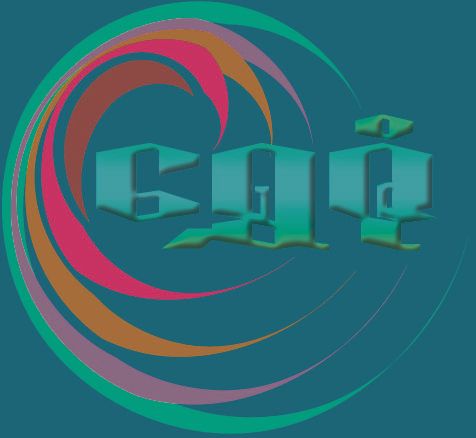
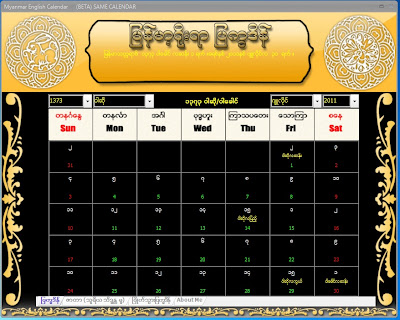


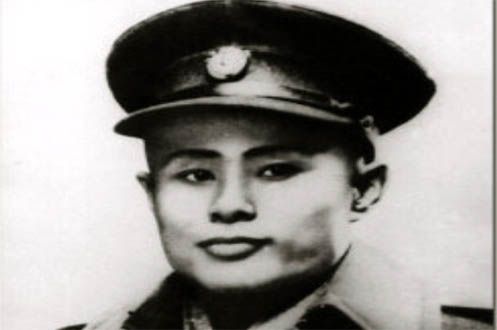

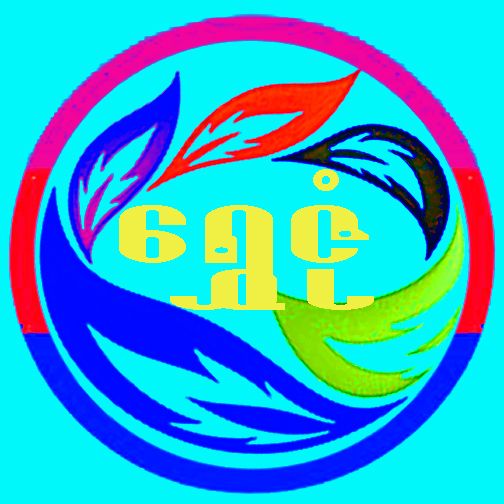

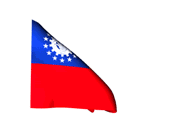
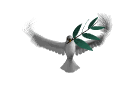
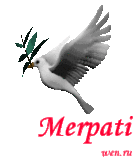


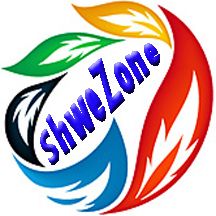






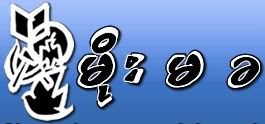








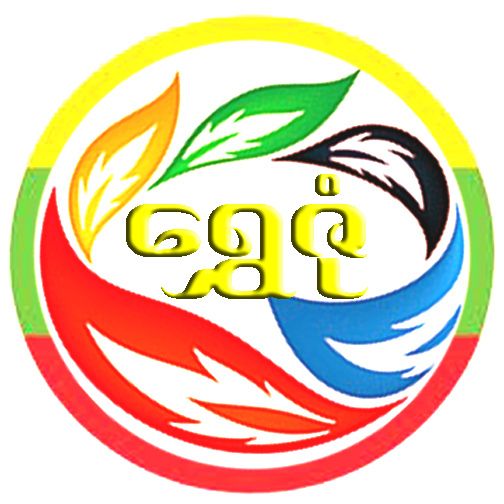
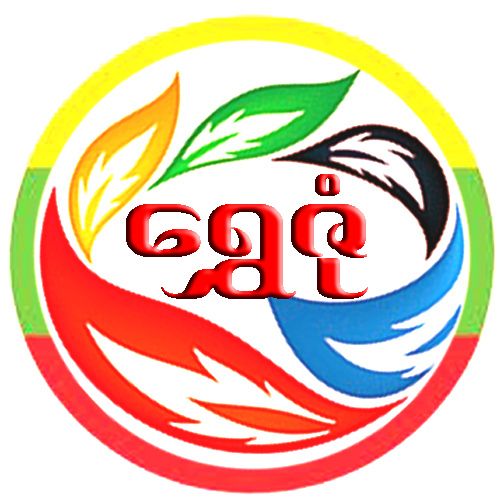
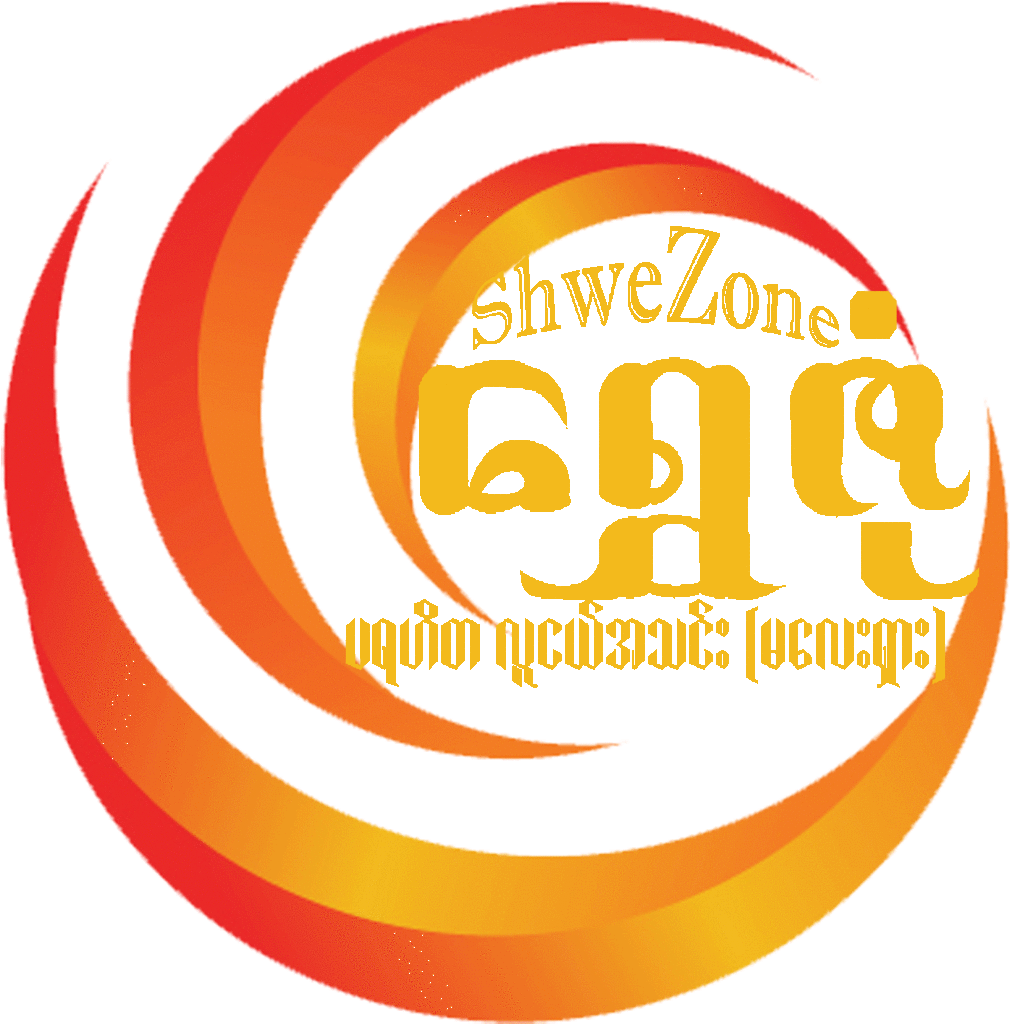
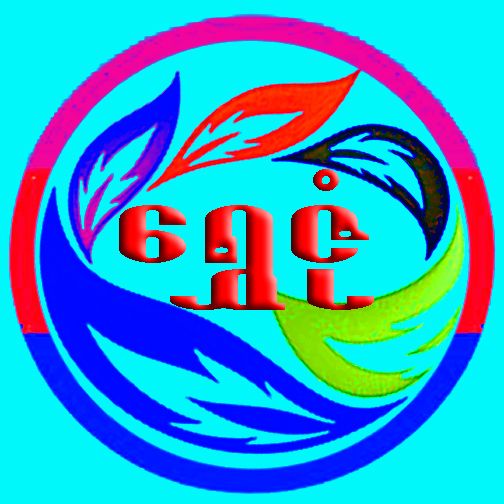 -
-
